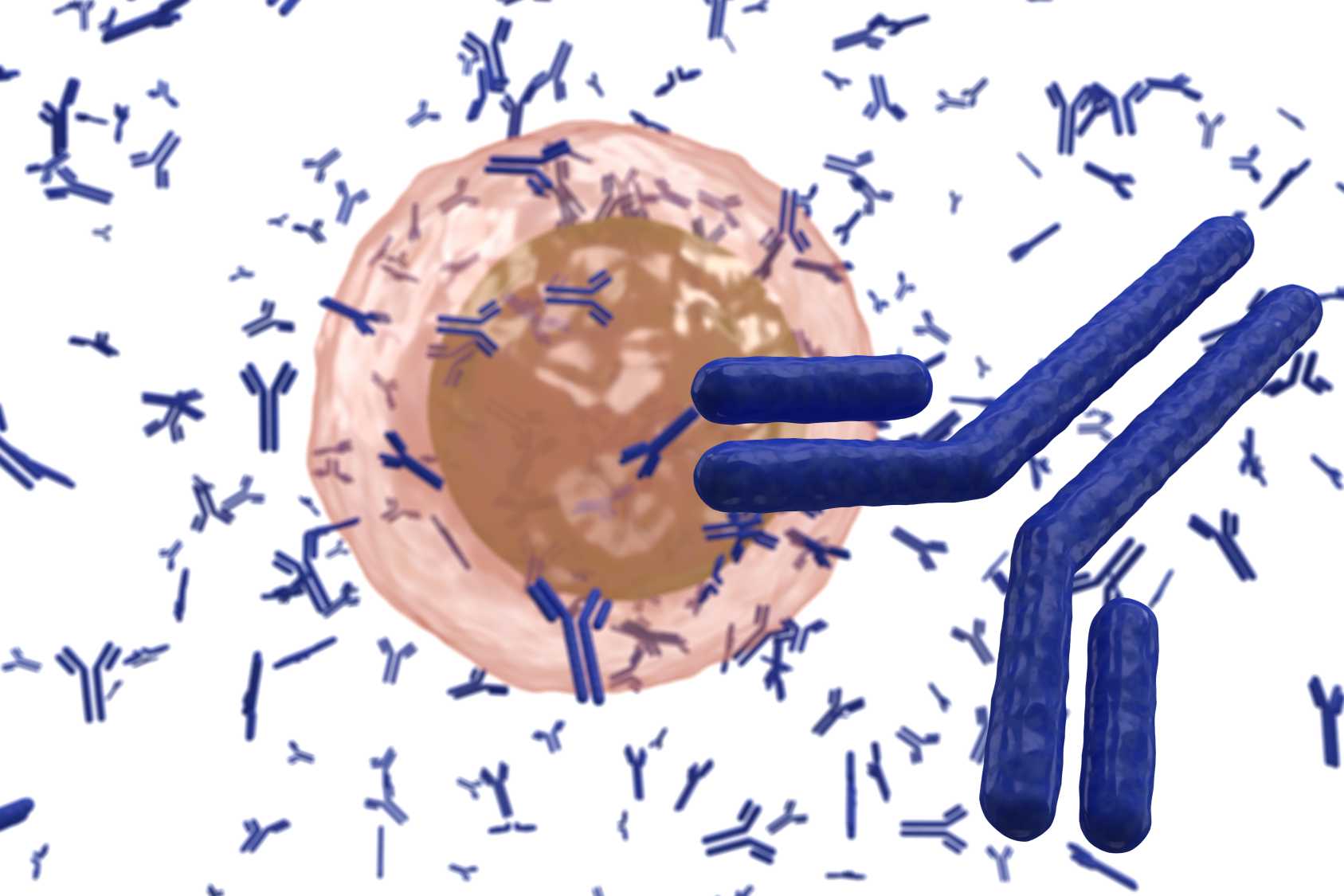Immunoprecipitation (IP) is a precipitation technique that purifies and enriches a protein of interest, allowing the identification of protein-protein interactions in proteomics workflows. IP is normally used to investigate the presence, relative abundance, size, down-regulation or up-regulation, stability, post-translational modifications (PTMs), and interactions between proteins. Creative Biolabs supports advancements in discovery research with a variety of tools that are developed, manufactured, and produced to a high standard of quality. We verify our procedures and provide technique support so that researchers can spend their time obtaining answers to their experimental questions.
Considerations Before Starting Your IP Experiment
1. Method Format
Variations of IP are used to study the interactions between the primary antigen protein and other proteins or nucleic acids, such as Chromatin Immunoprecipitation (ChIP), or RNA Immunoprecipitation (RIP). In short, there are five types of IP. Select the appropriate type according to the experimental requirements.
2. Binding Proteins & Beads
Protein A and Protein G work by binding to the intact Fc regions of IgGs. However, they are not interchangeable detection reagents. Their use is determined by the isotype of the capture antibody as they exhibit differing isotype selectivity.
| Species | Ig Subclass | Protein G binding | Protein A binding |
| Human |
IgA IgD IgE IgG1 IgG2 IgG3 IgG4 IgM |
– – – ++++ ++++ ++++ ++++ – |
Variable + + ++++ ++++ – ++++ Variable |
| Avian egg yolk | IgY | – | – |
| Cow | ++++ | ++ | |
| Dog | + | ++ | |
| Goat | ++ | – | |
| Guinea pig | IgG1 | ++ | ++++ |
| Hamster | ++ | + | |
| Horse | ++++ | ++ | |
| Koala | + | – | |
| Llama | + | – | |
| Monkey (rhesus) | ++++ | ++++ | |
| Mouse |
IgG1 IgG2a IgG2 IgG3 IgM |
++++ ++++ +++ +++ – |
+ ++++ +++ ++ Variable |
| Pig | +++ | +++ | |
| Rabbit | +++ | ++++ | |
| Rat |
IgG1 IgG2a IgG2 IgG3 |
+ ++++ ++ ++ |
– – – + |
| Sheep | ++ | +/– |
++++ = strong binding.
++ = medium binding.
- = weak or no binding.
3. Choosing the Right Primary Antibody
In IP assay, the target protein is usually in the native conformation. Thus, antibodies used for IP need to recognize and have high affinity to the surface epitopes in the native form. If possible, use a polyclonal antibody (pAb) to capture the target protein. PAbs bind to multiple epitopes on the target protein, meaning a greater amount of protein is retained. For antibody pairs, the antibody selection process should ensure that both antibodies recognize different epitopes of the target protein, in addition to originating from different species. The best option is a combination of a pAb for capture and a monoclonal antibody (mAb) for detection. This combination ensures maximum capture efficiency with high detection specificity.
To minimize the use of different antibodies and the need to identify an antibody recognizing the native protein, proteins of interest are often tagged to fluorescent proteins or epitope tags. These tagged proteins are either expressed at physiological levels in a knock-in context or at higher levels when the protein is over-expressed.
4. Isotype & Negative Control
An isotype control is used to determine which bands in the experimental sample are specific versus non-specific signal due to the isotype. The isotype control should always be run in parallel to the sample. Beads without antibody can be used as negative controls. They help to distinguish specific and non-specific bindings.

Considerations Before Starting Your ChIP Experiment
When using paraformaldehyde, ensure that it is freshly prepared (final concentration of 1%-1.5%). Under cross-linking can prevent the dissociation of protein-DNA complexes and can result in poor yield. Over cross-linking can mask epitope sites crucial for antibody binding, prevent proper chromatin shearing, and inhibit the successful uncross-linking of the complex in subsequent steps. Thus, both cross-linking time and formaldehyde concentration are important.
Try to avoid increasing the time of each sonication step as this may overheat the sample and lead to the loss of antigenicity. Add ice to the sonicator to avoid the sample overheating. Different cell types may have different optimal DNA fragmentation. Determine appropriate sonication times to get your optimal DNA fragmentation.
Whether you are new to IP or an experienced researcher, consider these effective points to help ensure that your experiment is successful and provides you with meaningful data on protein-DNA interactions. Get additional information, protocols or troubleshooting tips, refer to the following sections.
Related Sections